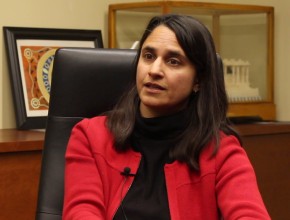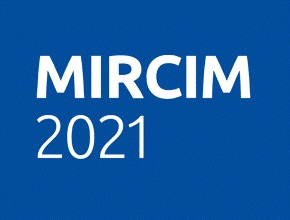Dr Sonia Anand is a professor in the Division of Cardiology, associate chair of Equity and Diversity in the Department of Medicine, Canada Research Chair in Ethnic Diversity and Cardiovascular Disease, and director of the Population Genomics Program at McMaster University.
Could you comment on noninvasive treatment options in patients with peripheral artery disease (PAD)?
Sonia Anand, MD, PhD: With noninvasive [treatment] we could manage 85% of patients, I hope. The problem with PAD in North America is that patients with PAD are undertreated. Although they should be nonsmokers, on a statin, on an angiotensin-converting enzyme inhibitor (ACEI), on aspirin, and maybe on low-dose rivaroxaban, the registry study shows that maybe only 50% of PAD patients are well treated.
I think that noninvasive management is to really focus on those risk factors and on treating them well. With that, patients with PAD can prevent the progression of the disease and maybe avoid surgery, as well as prevent and lower the risk of major adverse cardiovascular events.
 English
English
 Español
Español
 українська
українська







